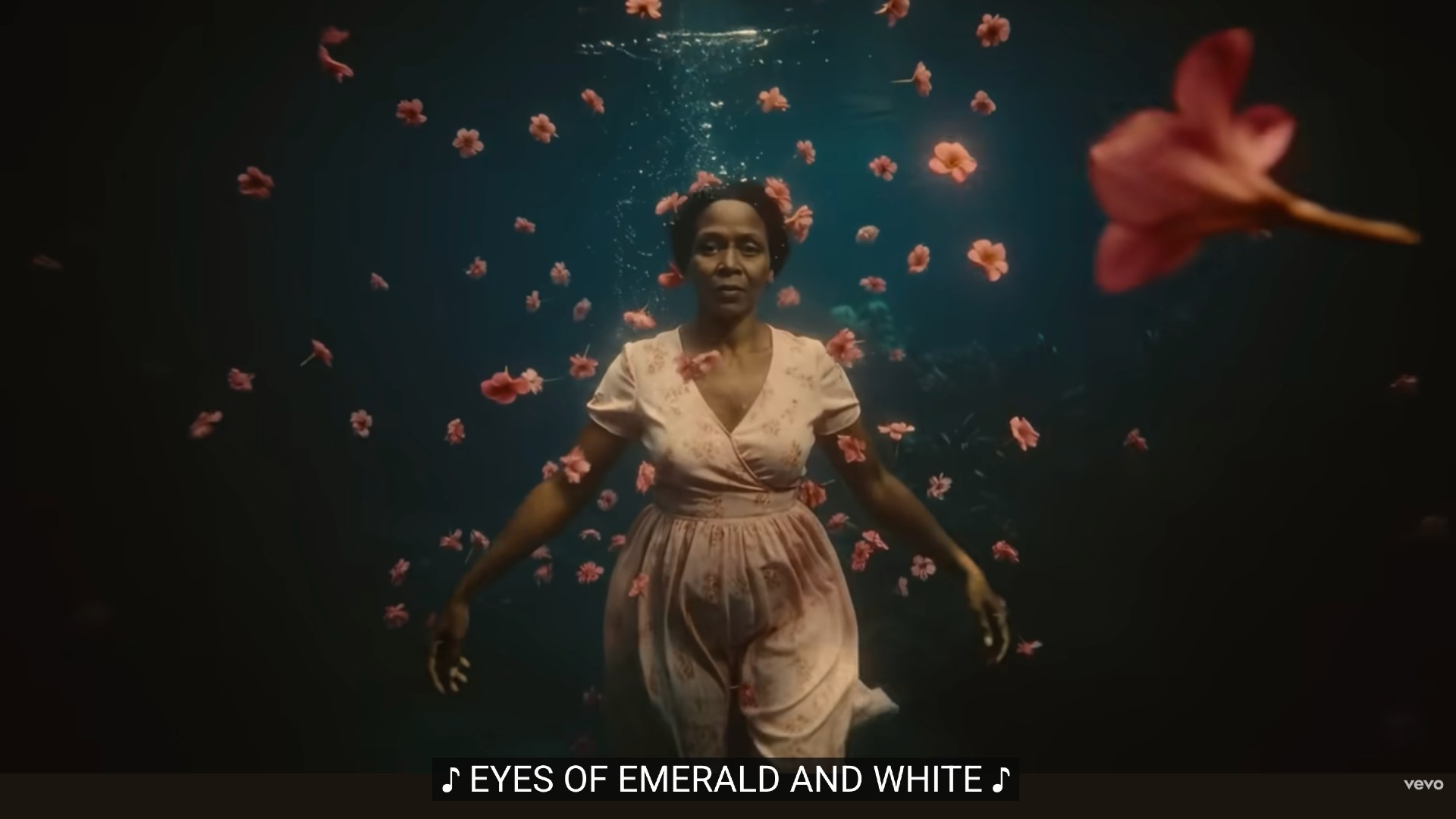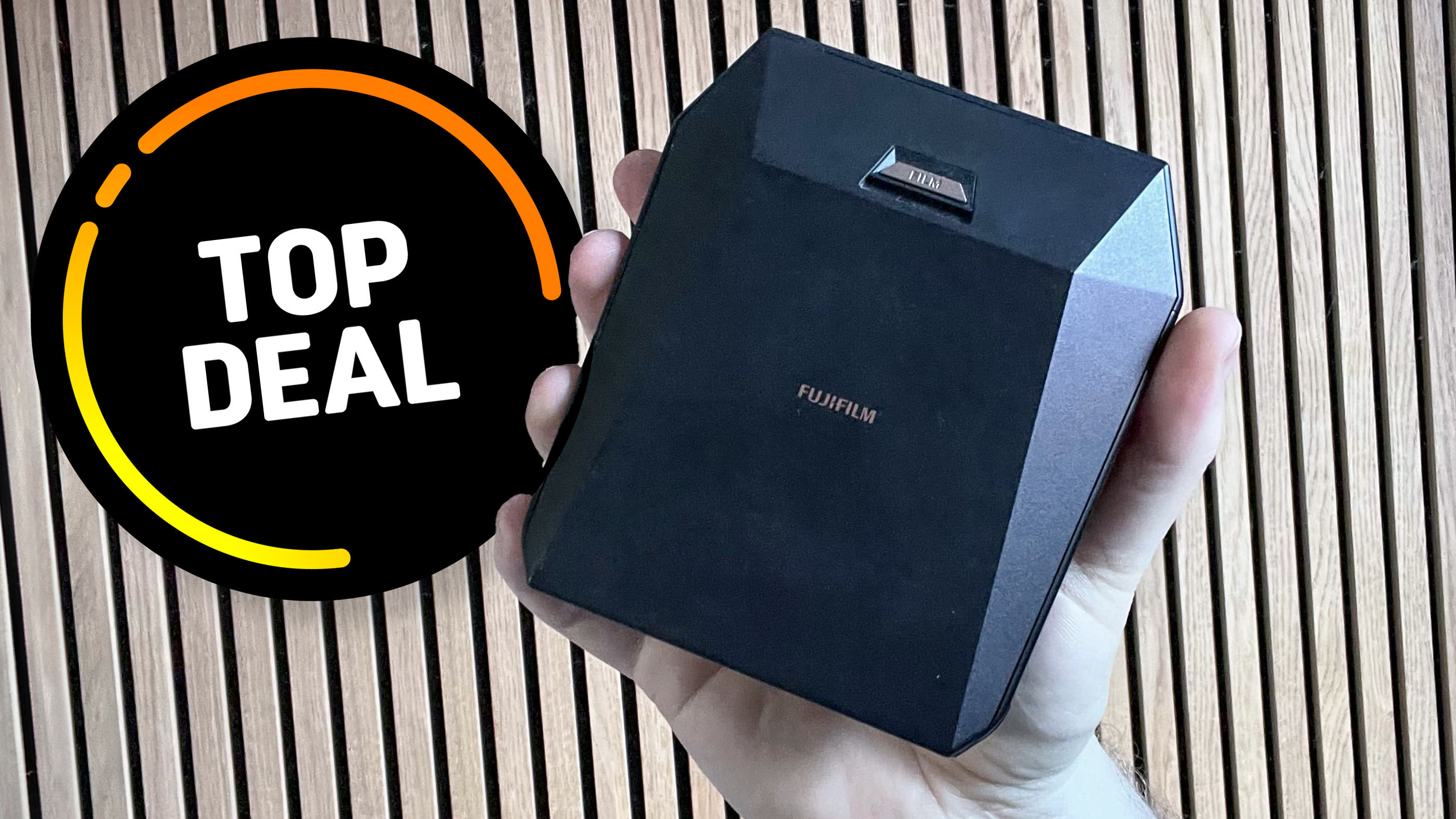
You’ve probably seen a lot of shouting online – or maybe even at professional events – about how awful generative AI is. How photographers and film-makers are losing work to it. How we’re drowning in AI slop. How the craft is dying. And there's certainly a lot of truth to all that.
But if that's all you're hearing in your echo chamber, you might assume that creatives are somehow about to storm the barricades, burning torches aloft, and bring the whole AI thing crashing down.
Yet step outside the group chats, the think-pieces and the slightly-too-heated panel discussions, and something very different is happening. Ninety-nine per cent of people are simply cracking on. Not in a dramatic, “the revolution is here” kind of way. More in the quiet, practical, oh, that tool saved me 40 minutes, neat sort of way.
I realised this the other day while using Photoshop’s seemingly innocuous little tools. You know, the AI masking that finds the subject in 0.2 seconds. The generative fill that quietly fixes the corners of an image or extends a background so you don’t have to reshoot. Innocent stuff.
Except, at some point, I realised these tiny conveniences had stacked up. I was using AI dozens of times a week. And it just became… normal.
The truth is, AI adoption isn’t happening with a big neon sign. It’s more like being like a frog in warming water. Things are subtly shifting, one degree at a time, entirely unremarkably. Until you look back and realise you’ve been boiled alive.
Cultural shift
Remember when everyone said AI was just for ideas? Not that long ago, the narrative was that it was only for mood boards. For “ideation”. For vibes and references. No one serious would actually use it for final output. Certainly not professionally. Absolutely not for something with a big budget and a recognisable face attached.
The best camera deals, reviews, product advice, and unmissable photography news, direct to your inbox!
Cut to: full-on AI-produced ads for Coca-Cola. AI-crafted music videos for Lewis Capaldi. Entire campaign shoots dreamt up in Midjourney, animated in Runway, polished in conventional editing suites. And the most important part? The public reaction has been… basically nothing.
No outrage. No protests. No one marching through Soho waving a placard that says “Stop the prompts!” Society just shrugged and said: looks cool.

This isn’t to say every use of AI is good, or that everything is rosy. We will certainly have to navigate ethical authorship, copyright questions, training data issues, labour displacement; all of that matters. But in the meantime, real working photographers, photo editors and videographers are living in the middle. Using the tools, selectively, strategically, in ways that make sense to them. And, whisper it, the sky has not fallen in.
So where does that leave us?
Probably here: AI is not a revolution so much as a gradual absorption. Like digital photography. Like Lightroom. Like drones. Like every “this will kill real craft!” invention that slowly became just part of the kit.
The backlash is loud, yes. But it’s also tiny. And most clients honestly couldn’t care less. They just want something beautiful, memorable, effective, and delivered by Tuesday.
And if AI helps that happen? Well, all I can say is: welcome to the warm water. It's lovely once you're in.
Tom May is a freelance writer and editor specializing in art, photography, design and travel. He has been editor of Professional Photography magazine, associate editor at Creative Bloq, and deputy editor at net magazine. He has also worked for a wide range of mainstream titles including The Sun, Radio Times, NME, T3, Heat, Company and Bella.
You must confirm your public display name before commenting
Please logout and then login again, you will then be prompted to enter your display name.

